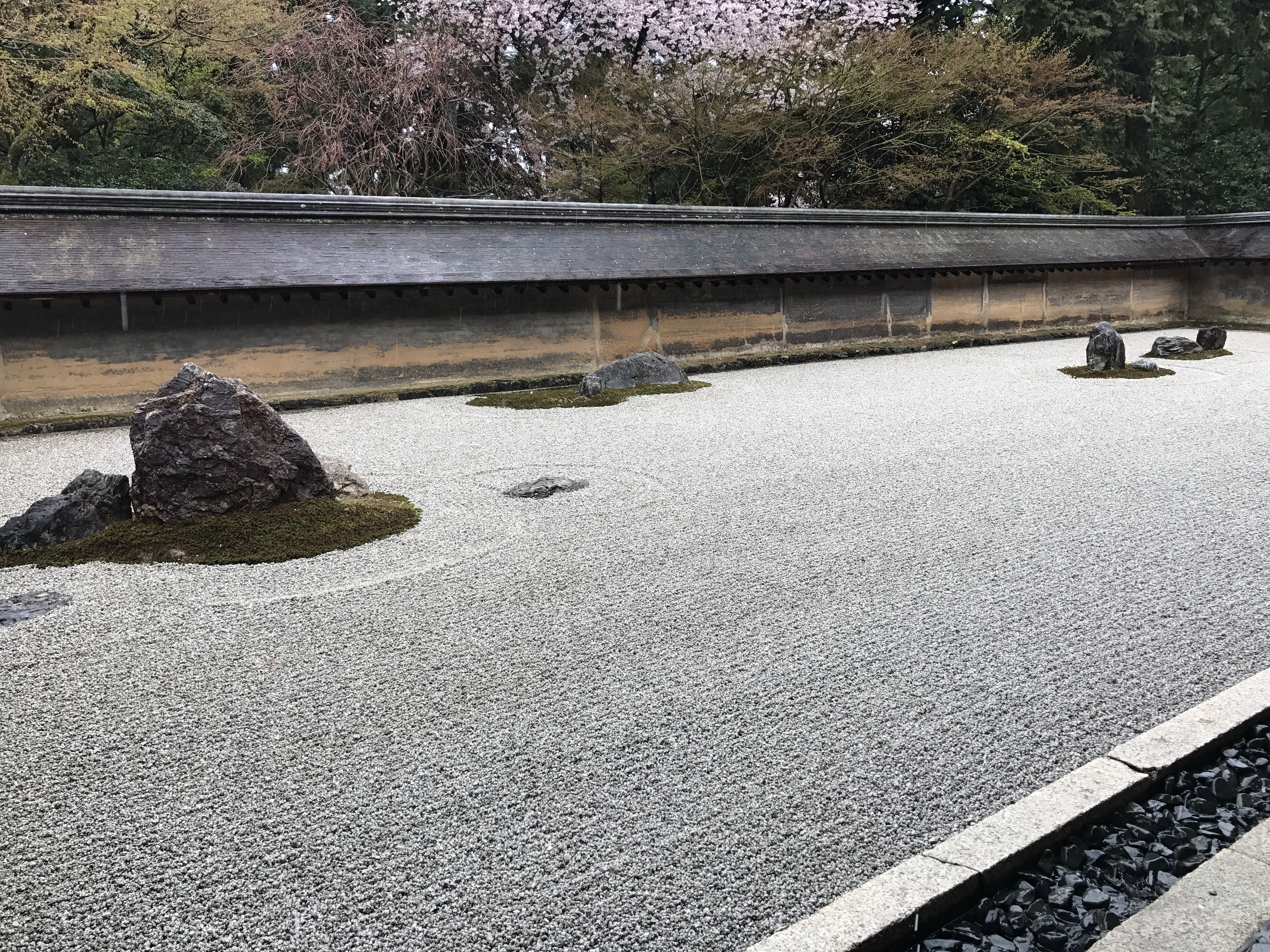 You can wake up in the heart of Tokyo, amidst all the high rises and throngs of people rushing to work, and hop on a train and be in another world in less than an hour.
You can wake up in the heart of Tokyo, amidst all the high rises and throngs of people rushing to work, and hop on a train and be in another world in less than an hour.

Back in my college days, stepping off the train at Kita-Kamakura was something I looked forward to. It hasn’t changed all that much. The entrance to Engaku-Ji, Temple of Complete Understanding, is just past the wicket.

The main gate is just a few steps beyond the cherry blossoms and leafing maples.
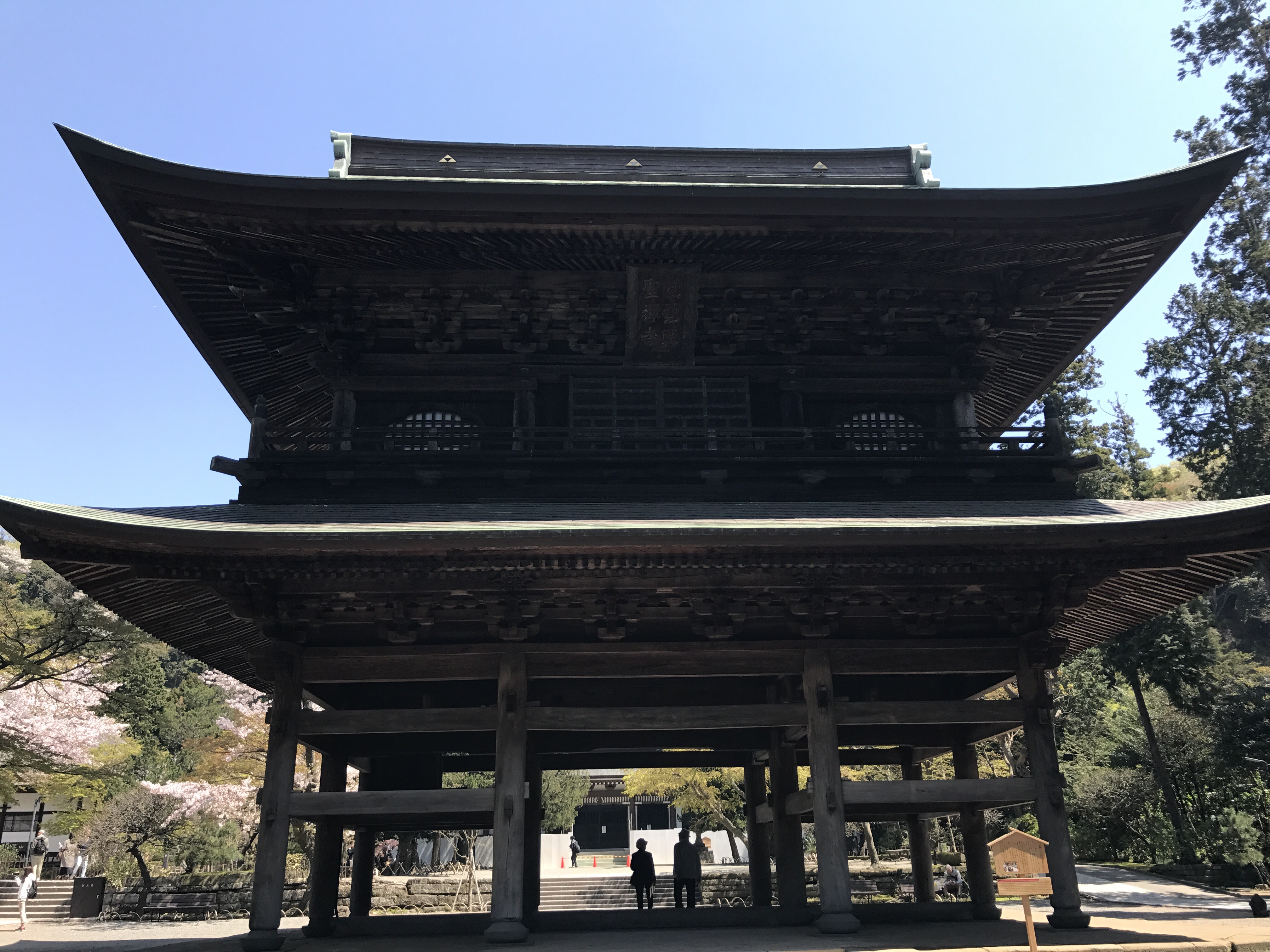
At many temples, the main gate is called the Three Gates because you are to enter with nothing, with no desires, and with no form.

Engaku-ji is a series of temples that follow one after the other deep up a narrow valley. On all sides, steep forests are filled with singing of birds, and especially the Uguisu, the Japanese bush warbler.

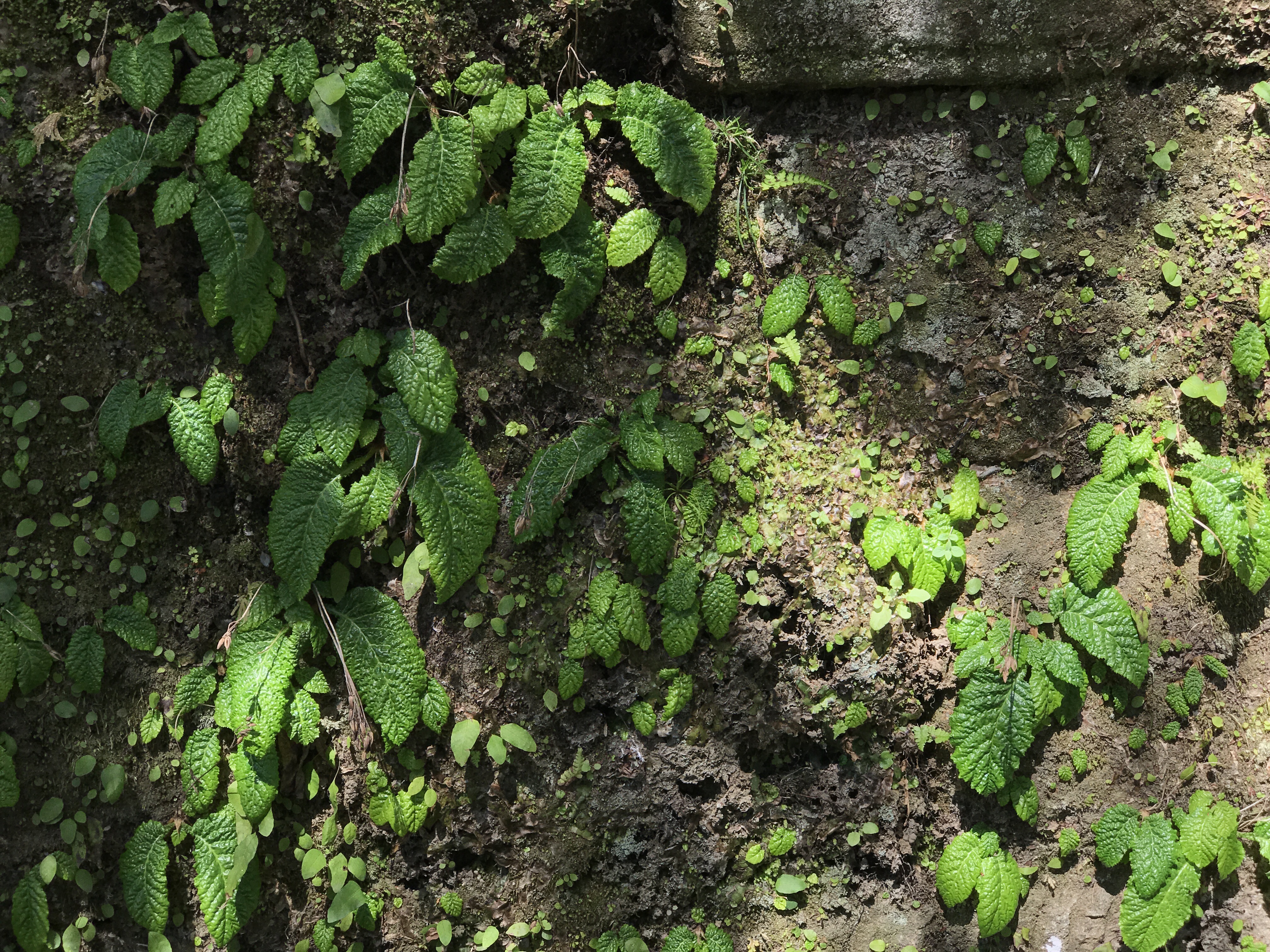
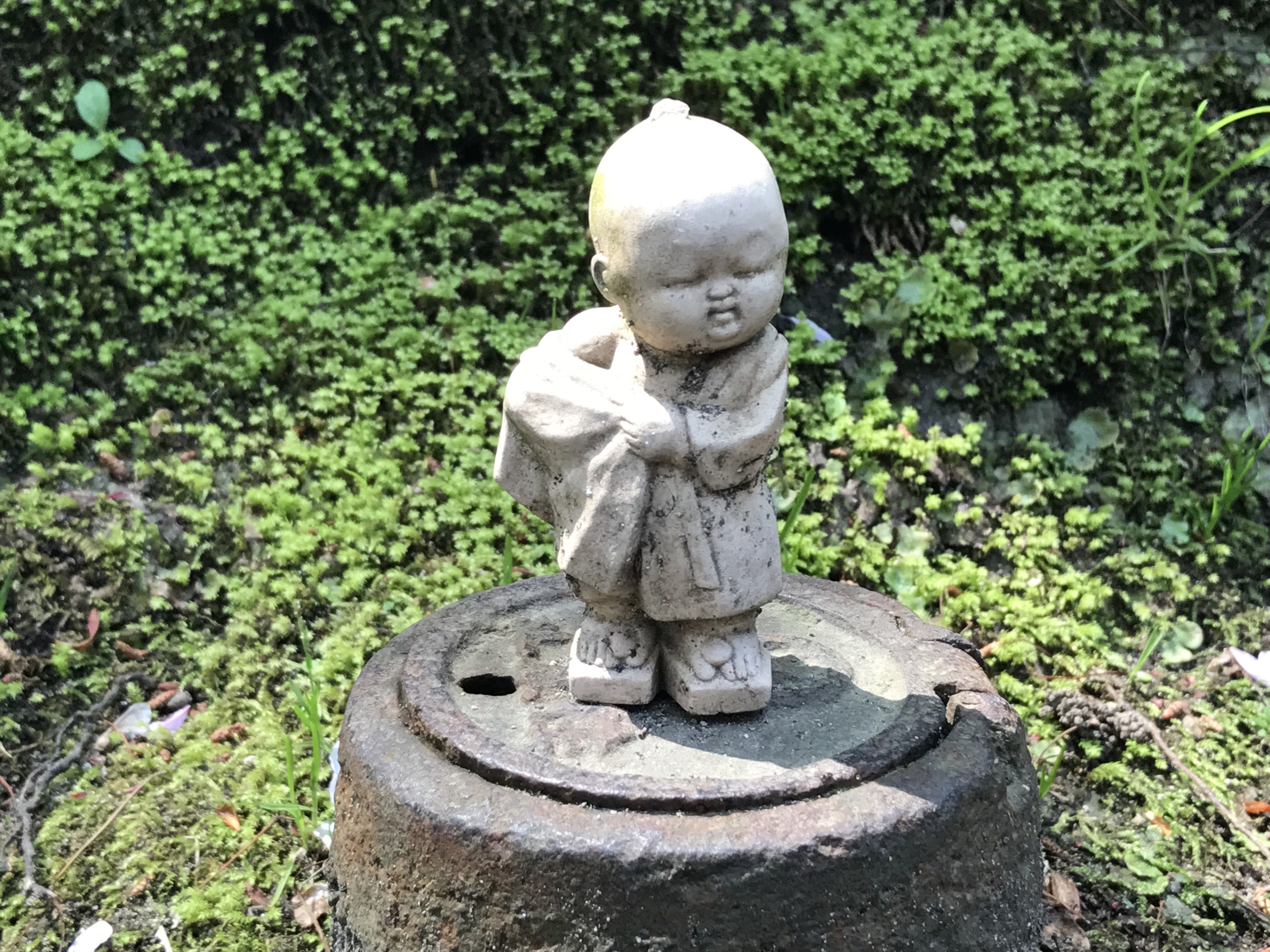
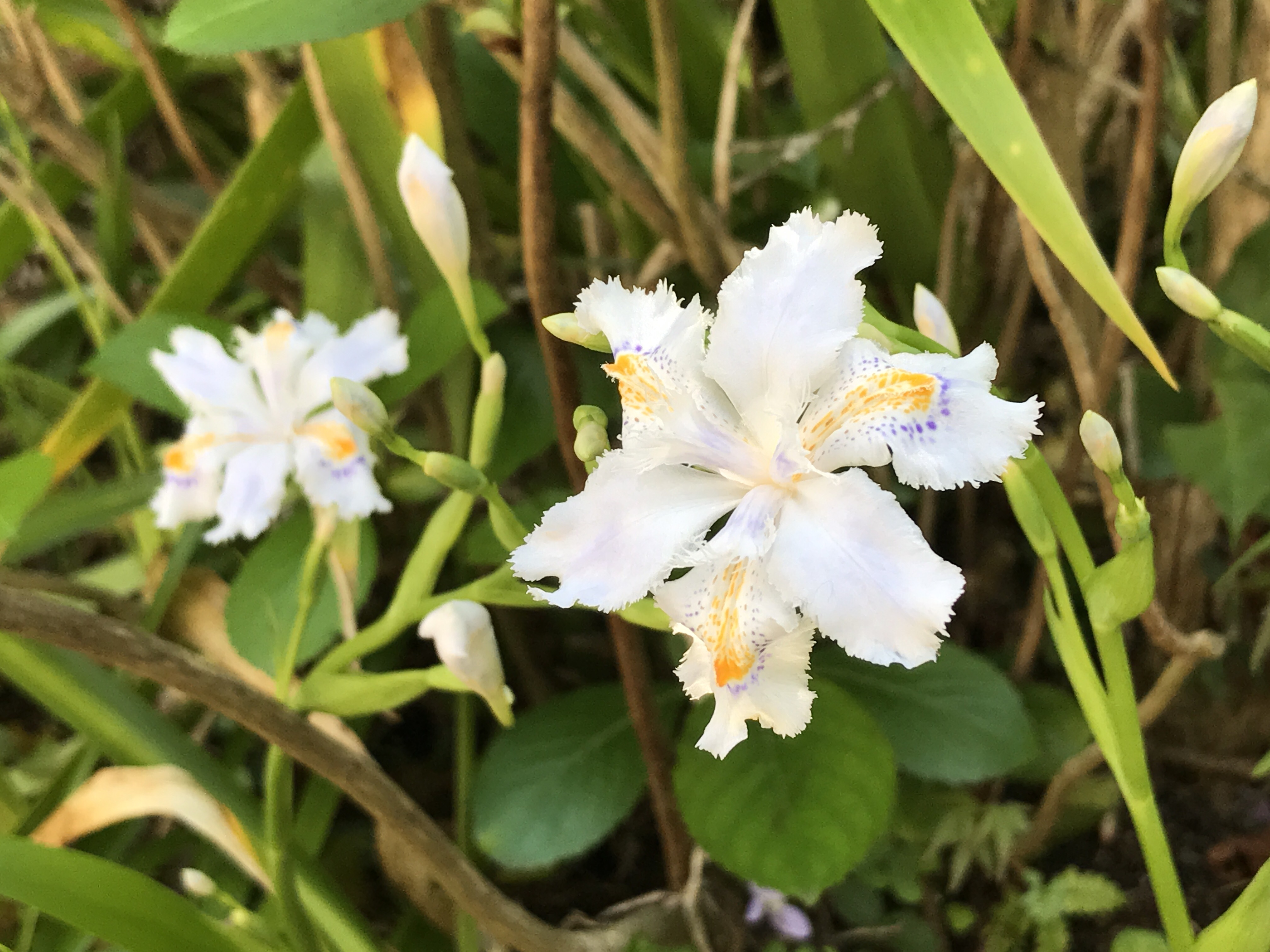 Engaku-Ji was founded in 1282 by a Chinese Zen monk, and is one of the most famous Zen temples in Japan. On weekends, the crowds visiting the temple grounds can be daunting, but during the week, it can be very quiet and relaxing.
Engaku-Ji was founded in 1282 by a Chinese Zen monk, and is one of the most famous Zen temples in Japan. On weekends, the crowds visiting the temple grounds can be daunting, but during the week, it can be very quiet and relaxing.
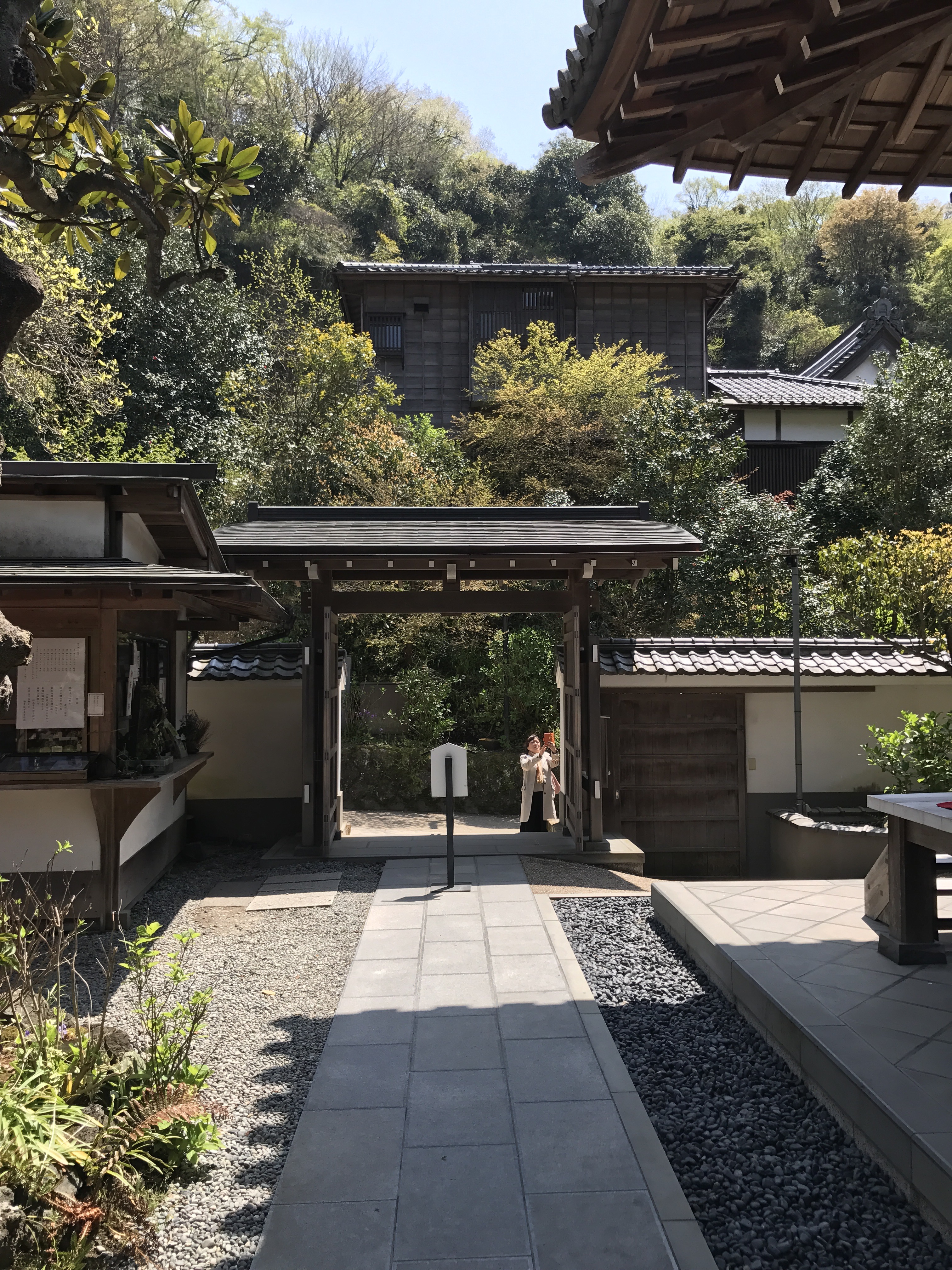


I was thrilled to find a white skunk cabbage in bloom. Someday I would like to plant some in our woods.
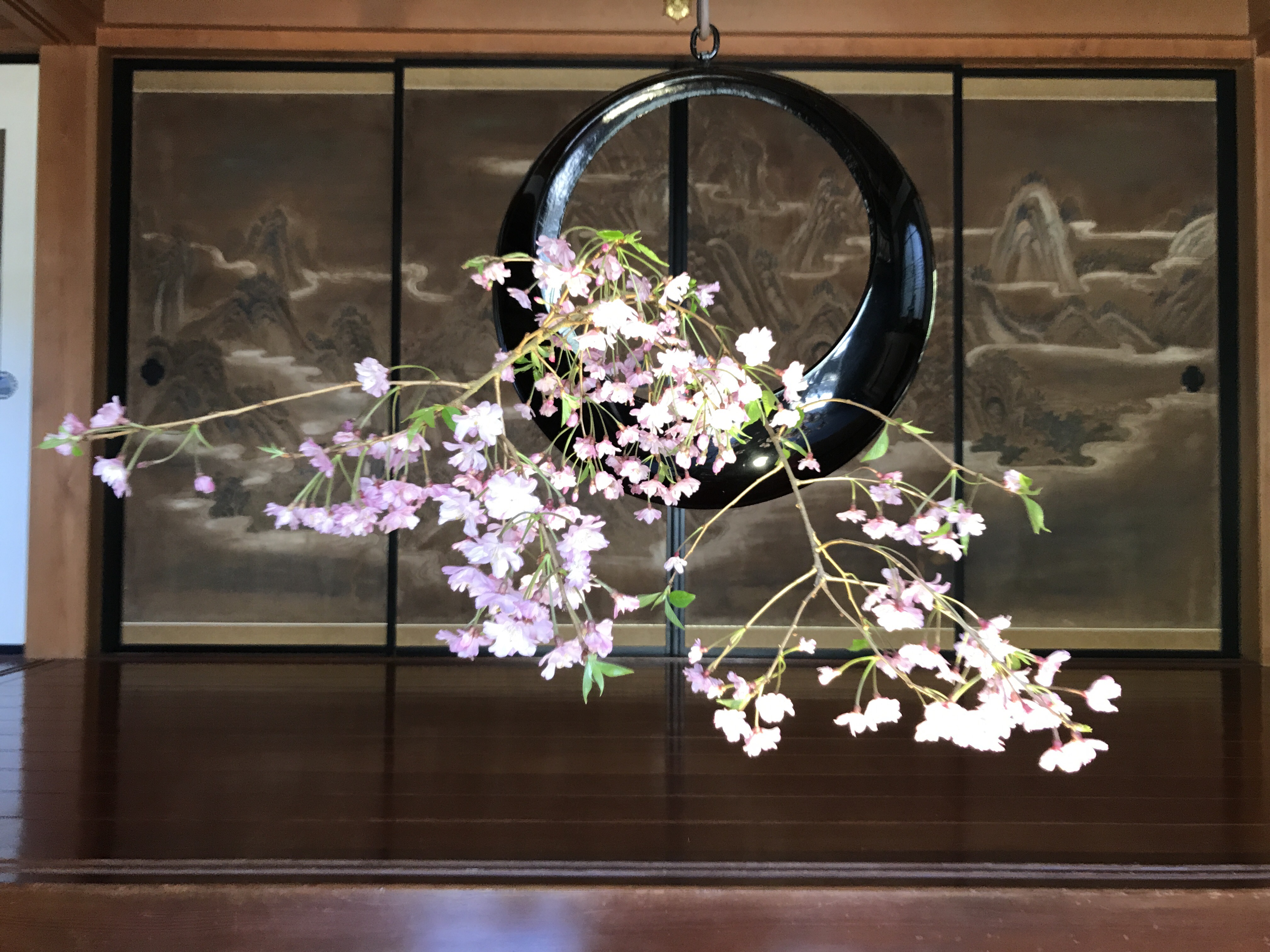
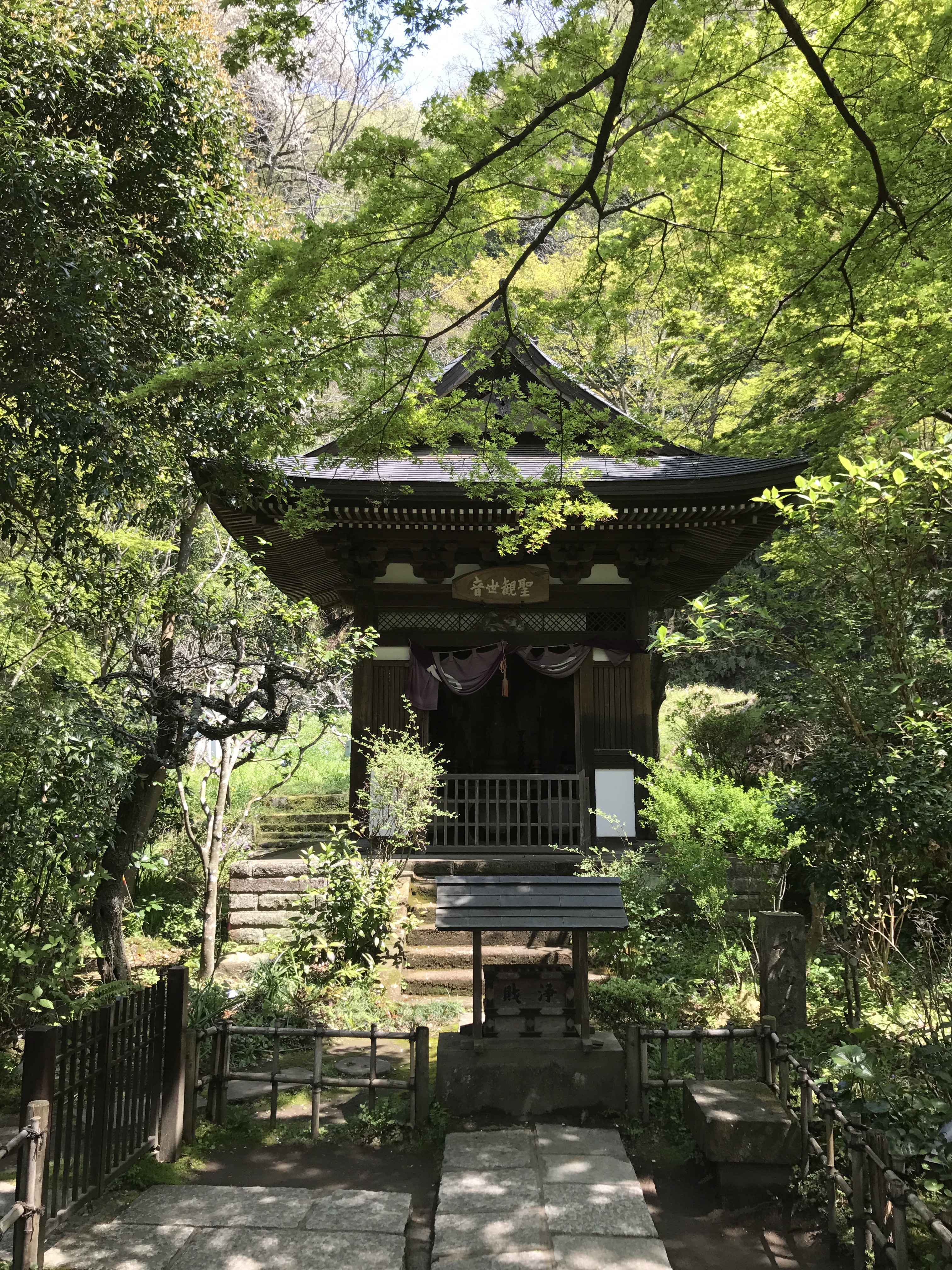
The path ends at the small Winter Jasmine Temple. I could sit here for hours.
Month: April 2017
-
A World Away
-
Doctor Yellow
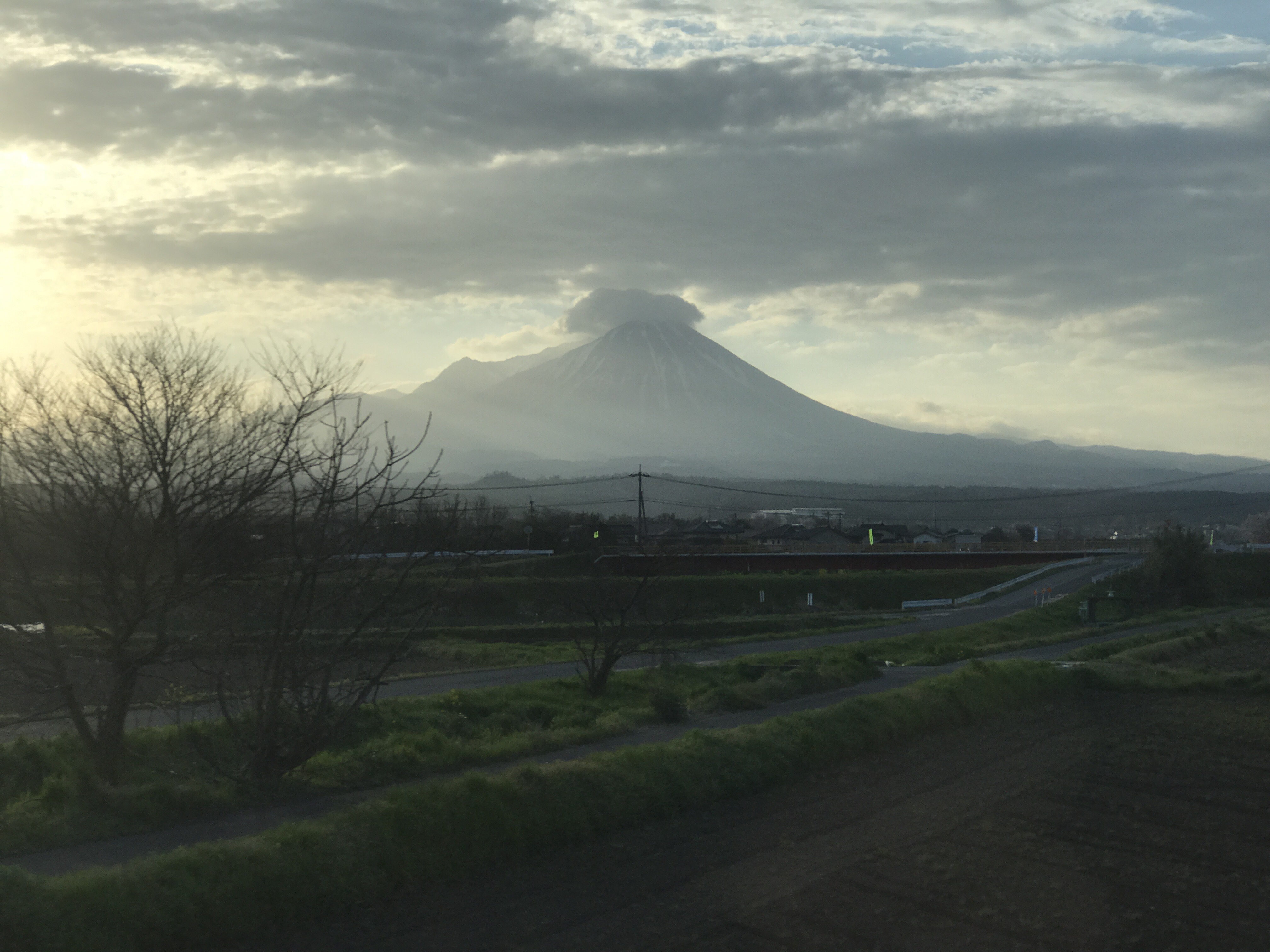 Leaving Yonago this morning, Mt. Daisen stuck its head up into the clouds. Along the way to Okayama, cherry trees in full bloom bathed the valleys in clouds of white. One of the towns we passed had the poetic name of “Neu 根雨” which means “Rain falling on tree roots”. The names of many Japanese places are so charming. “Yasugi 安来” where we went to the museum translates to “Come in Peace”. “Himeji 姫路” where the awesome castle is below, translates to “Princess Road”.
Leaving Yonago this morning, Mt. Daisen stuck its head up into the clouds. Along the way to Okayama, cherry trees in full bloom bathed the valleys in clouds of white. One of the towns we passed had the poetic name of “Neu 根雨” which means “Rain falling on tree roots”. The names of many Japanese places are so charming. “Yasugi 安来” where we went to the museum translates to “Come in Peace”. “Himeji 姫路” where the awesome castle is below, translates to “Princess Road”.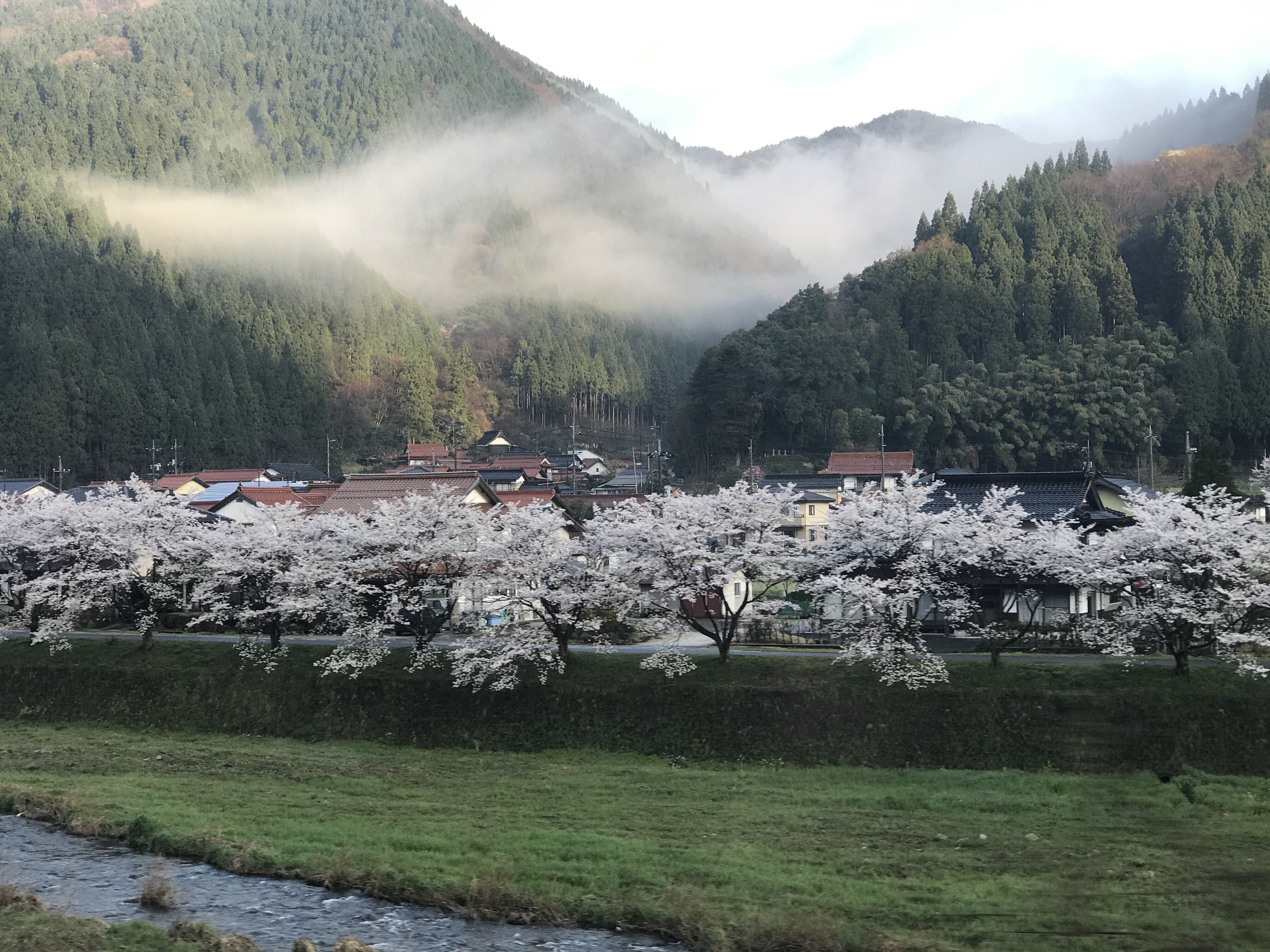

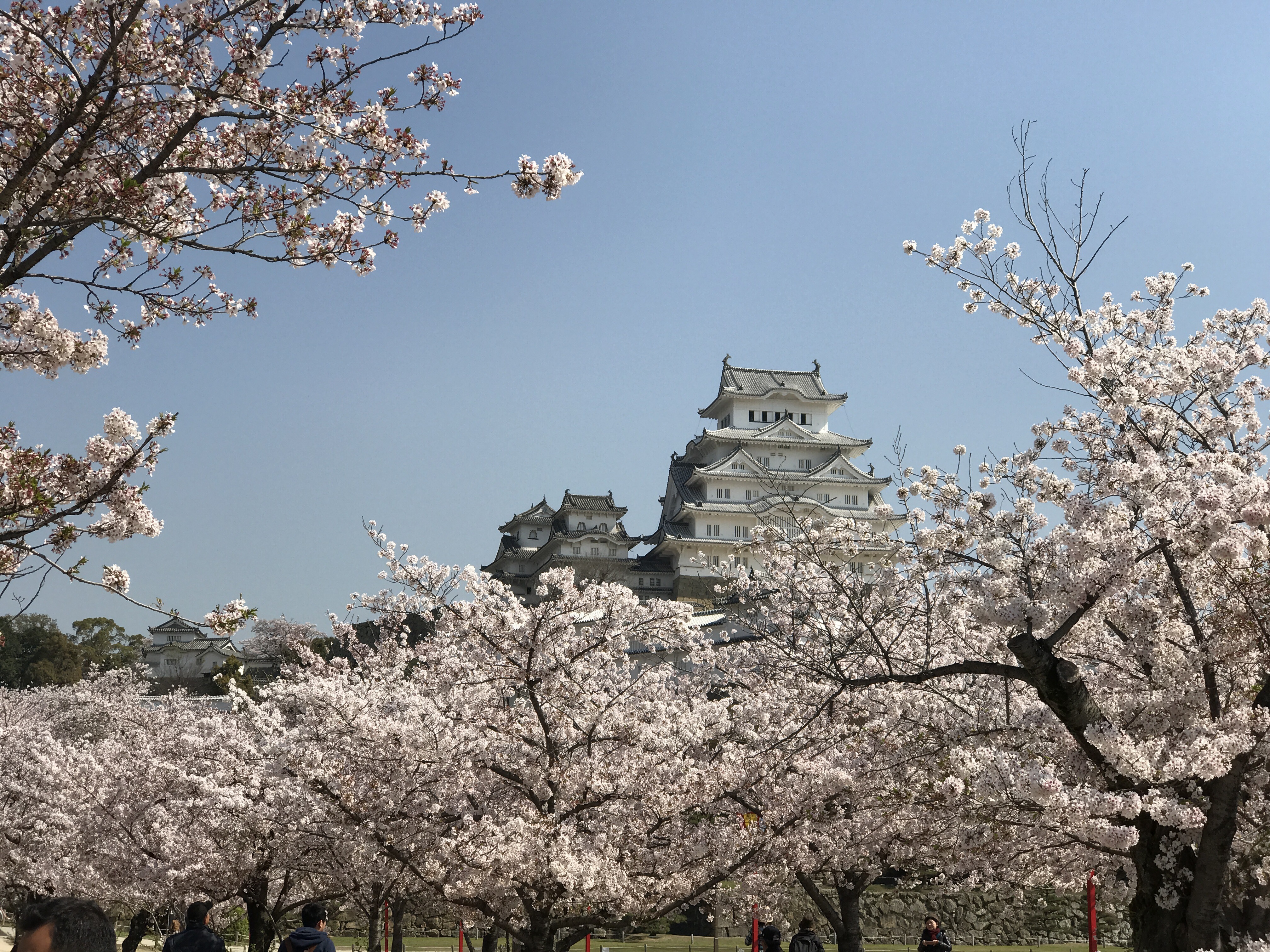
 We paused for a break to take in the splendor of Himeji Castle. A big change from even a few years ago is the number of foreign tourists all over Japan. The crowds at Himeji were from all over the world, including a middle aged man from Italy groaning about having to take his shoes off to enter the castle. If you are planning to visit Japan, wear shoes that you can quickly remove as you have to take them off to enter many castles, temples, shrines, many inns, and businesses.
We paused for a break to take in the splendor of Himeji Castle. A big change from even a few years ago is the number of foreign tourists all over Japan. The crowds at Himeji were from all over the world, including a middle aged man from Italy groaning about having to take his shoes off to enter the castle. If you are planning to visit Japan, wear shoes that you can quickly remove as you have to take them off to enter many castles, temples, shrines, many inns, and businesses.
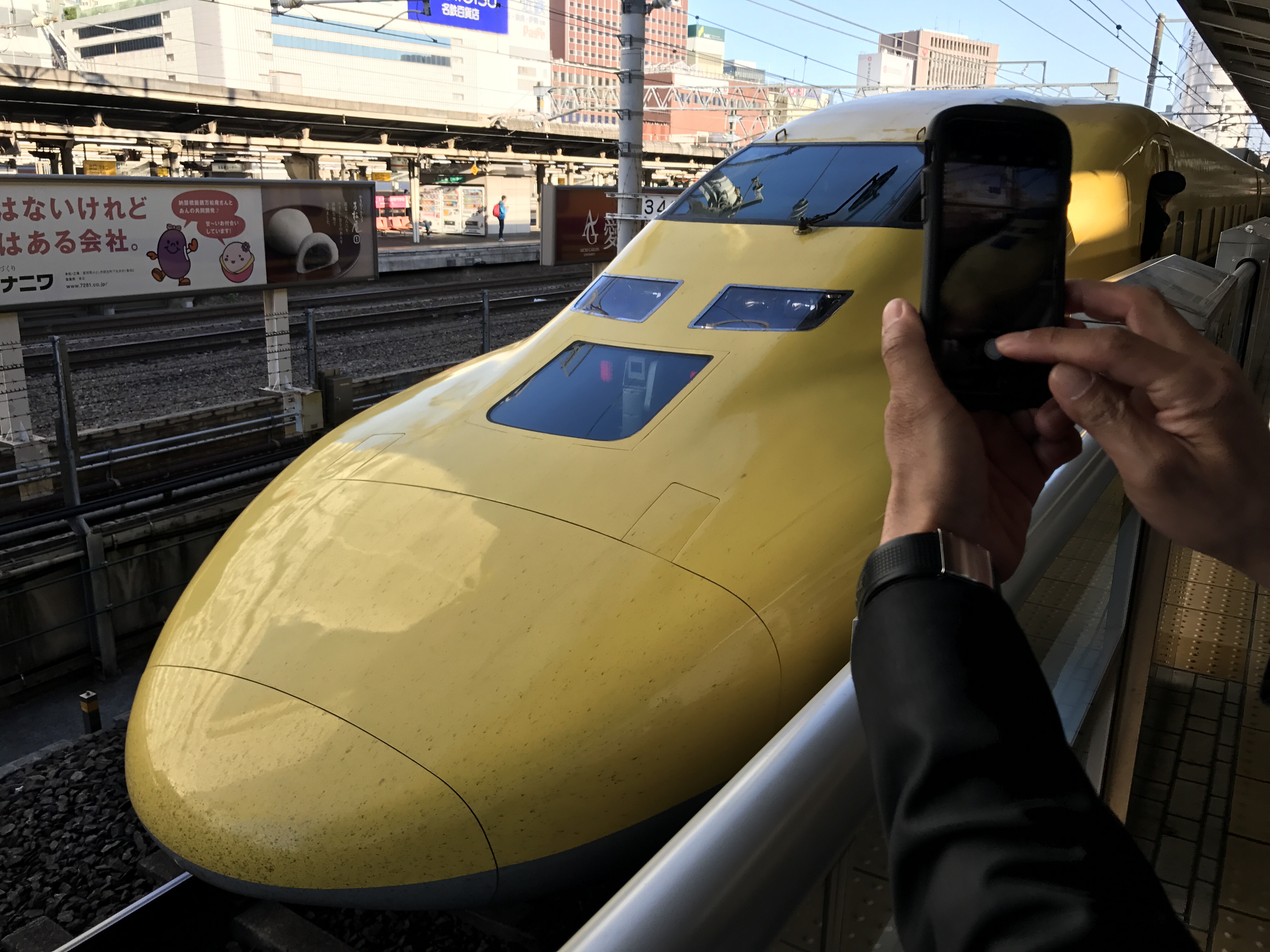 A highlight of the day was seeing a Doctor Yellow train at Nagoya station. Doctor Yellow is the name given to the inspection train which travels back and forth along the train lines inspecting the rail lines. It’s considered good luck to see one, and when this one appeared out of the blue and briefly stopped, a crowd swarmed around to take a picture. Passing Mt. Fuji on the way to Tokyo was a welcome surprise after many rainy days. Seeing Doctor Yellow has already brought good luck.
A highlight of the day was seeing a Doctor Yellow train at Nagoya station. Doctor Yellow is the name given to the inspection train which travels back and forth along the train lines inspecting the rail lines. It’s considered good luck to see one, and when this one appeared out of the blue and briefly stopped, a crowd swarmed around to take a picture. Passing Mt. Fuji on the way to Tokyo was a welcome surprise after many rainy days. Seeing Doctor Yellow has already brought good luck.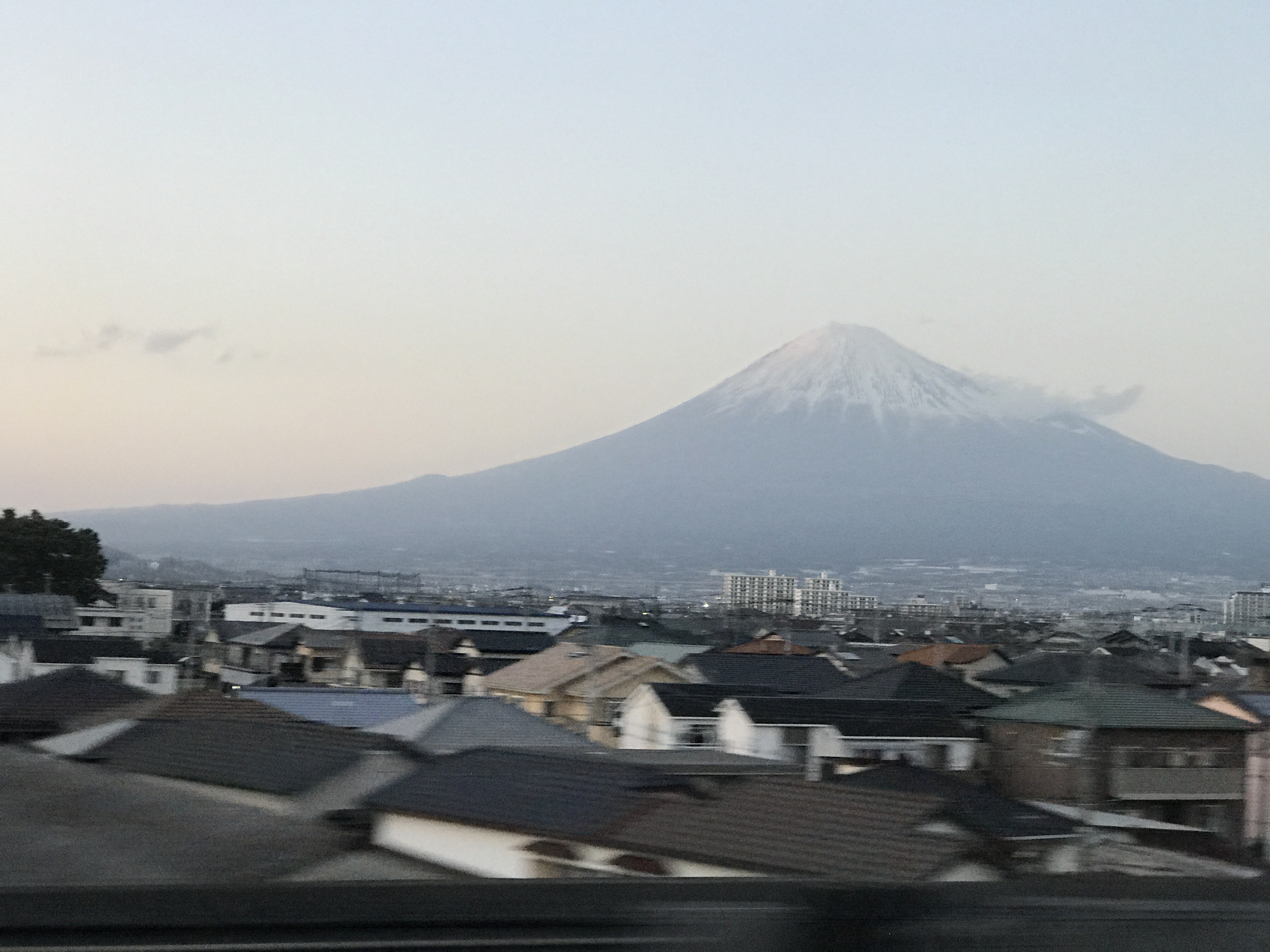 We travelled some 450 miles by train today, stopping for several hours in Himeji, and then again for several hours in Nagoya, to pick up a stainless steel tofu press I ordered from a tofu machine maker earlier this spring. Having fast trains that leave every ten minutes or so makes all the difference in the world. You can zip from one town to the next with ease without worrying about the time. Another train will be by soon to swoop you up and hurl you to your next destination.
We travelled some 450 miles by train today, stopping for several hours in Himeji, and then again for several hours in Nagoya, to pick up a stainless steel tofu press I ordered from a tofu machine maker earlier this spring. Having fast trains that leave every ten minutes or so makes all the difference in the world. You can zip from one town to the next with ease without worrying about the time. Another train will be by soon to swoop you up and hurl you to your next destination. -
Rags to Riches

 Up early in the morning, and a number of trains rides later, we’re winding through the countryside on our way to the Adachi Museum of Art and Gardens. The gardens have been voted the best Japanese gardens in Japan for the last 14 years.
Up early in the morning, and a number of trains rides later, we’re winding through the countryside on our way to the Adachi Museum of Art and Gardens. The gardens have been voted the best Japanese gardens in Japan for the last 14 years.

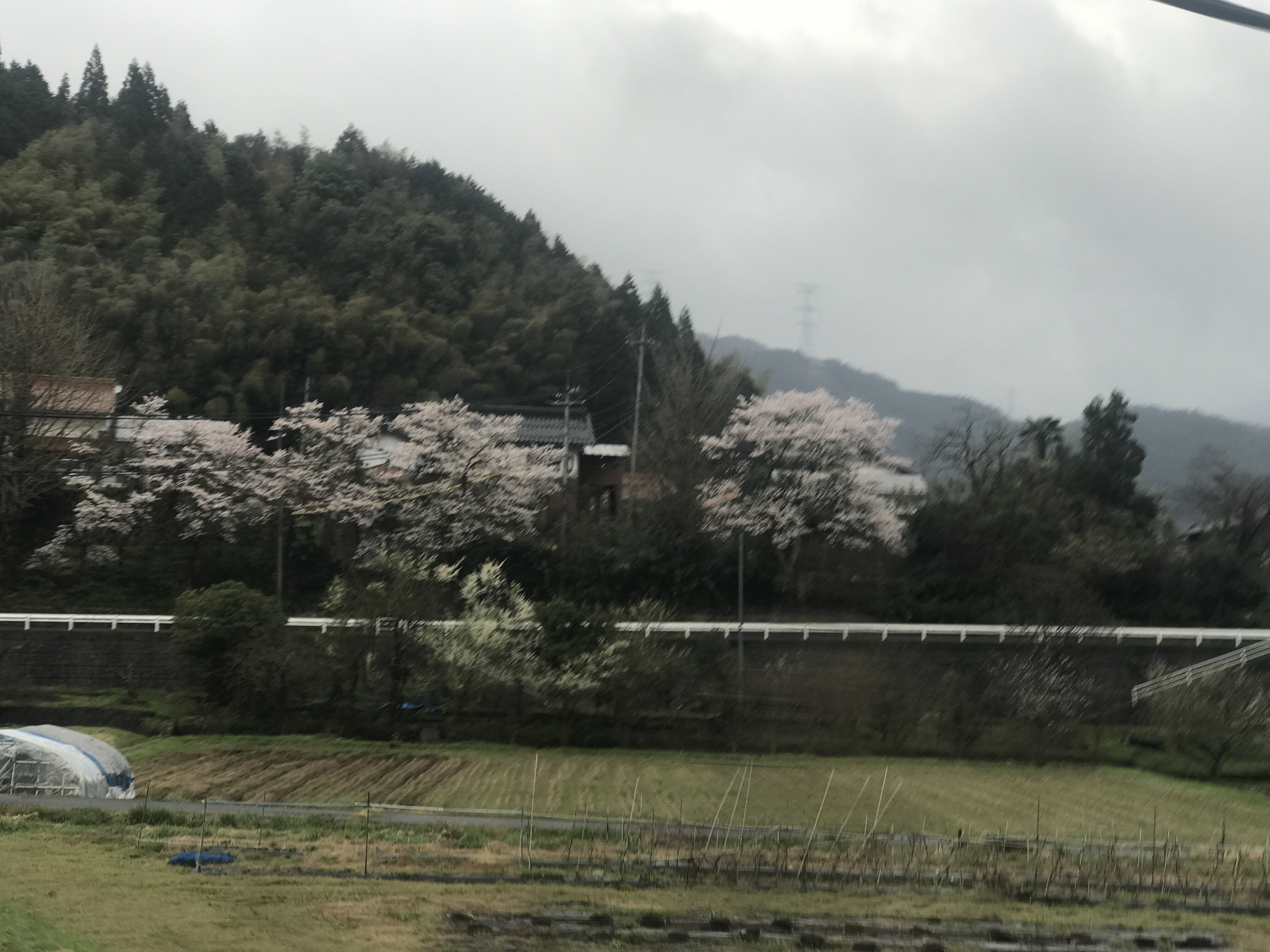
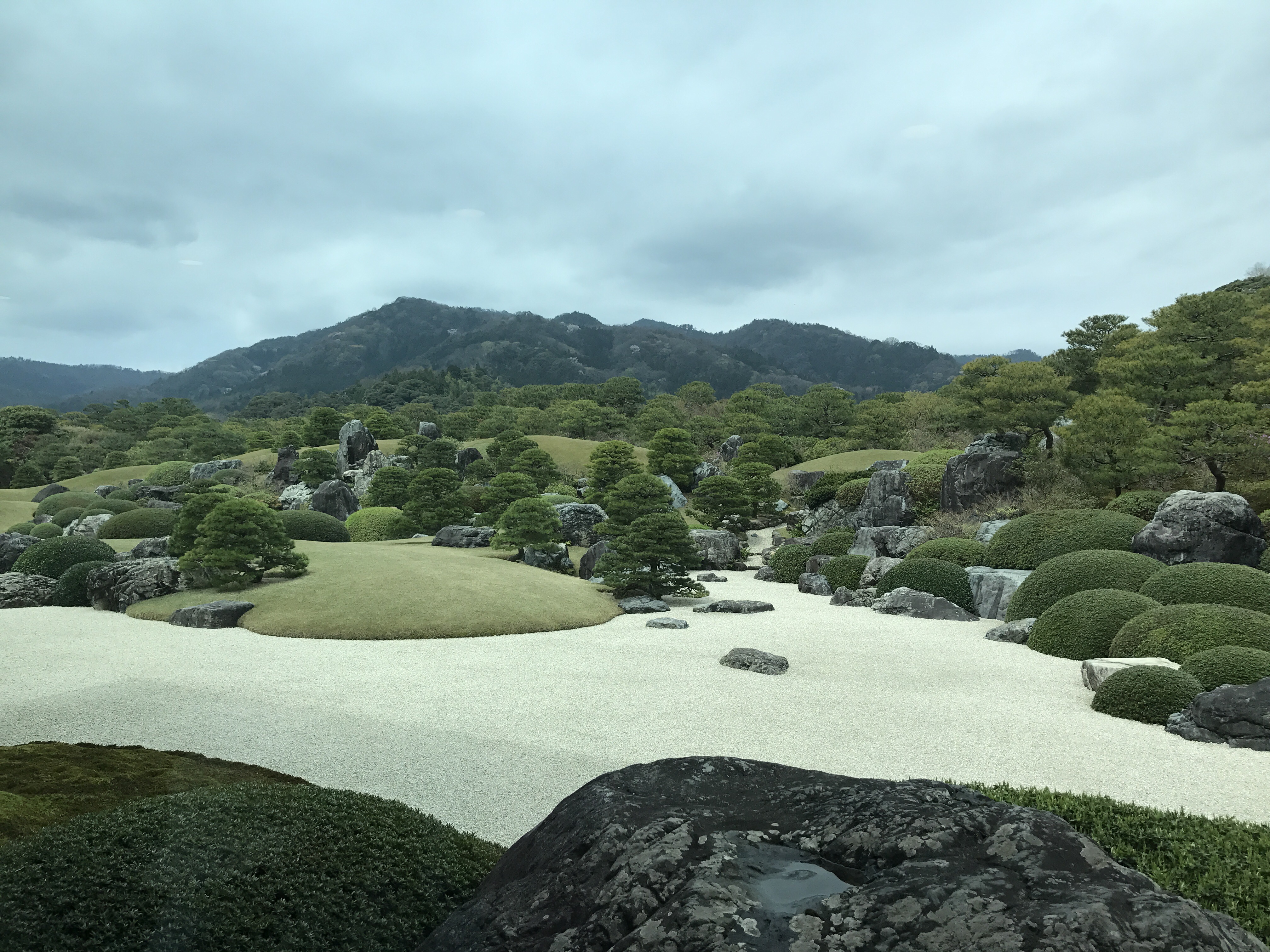 The gardens and museum are a rags to riches story. The were founded in 1970 by Zenko Adachi in the village where he was born to dirt poor farmers in 1899. At 14 he went to work hauling charcoal by handcart into town, and found out that by ordering extra charcoal, he could make more money selling some of it himself.
The gardens and museum are a rags to riches story. The were founded in 1970 by Zenko Adachi in the village where he was born to dirt poor farmers in 1899. At 14 he went to work hauling charcoal by handcart into town, and found out that by ordering extra charcoal, he could make more money selling some of it himself.
 Clever at business, he moved into the big city, became wealthy enough to start collecting art and making gardens. At around 70 years of age he decided to build an art museum and lavish gardens in the village where he was born, and so way out in the country, far off the beaten path is the Adachi Art Museum and Gardens.
Clever at business, he moved into the big city, became wealthy enough to start collecting art and making gardens. At around 70 years of age he decided to build an art museum and lavish gardens in the village where he was born, and so way out in the country, far off the beaten path is the Adachi Art Museum and Gardens.
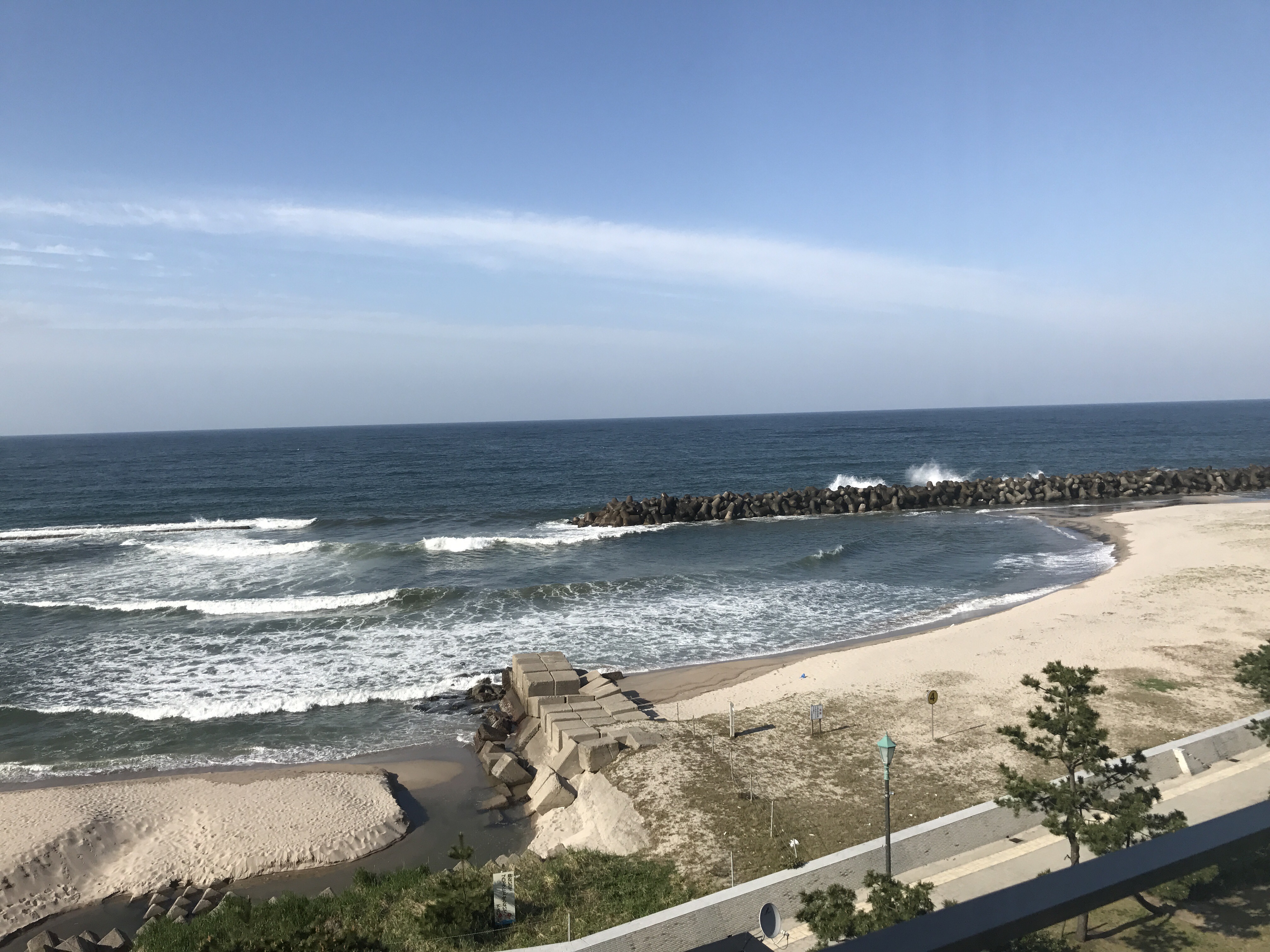 After enjoying the gardens and museum, and getting many ideas on how to add a touch of beauty to our gardens in Bow, though the Adachi gardens don’t have to worry about free ranging chickens or dogs who love to dig, it’s a chance to enjoy the seaside at Yonago on the Sea of Japan.
After enjoying the gardens and museum, and getting many ideas on how to add a touch of beauty to our gardens in Bow, though the Adachi gardens don’t have to worry about free ranging chickens or dogs who love to dig, it’s a chance to enjoy the seaside at Yonago on the Sea of Japan.
-
Lost and Found
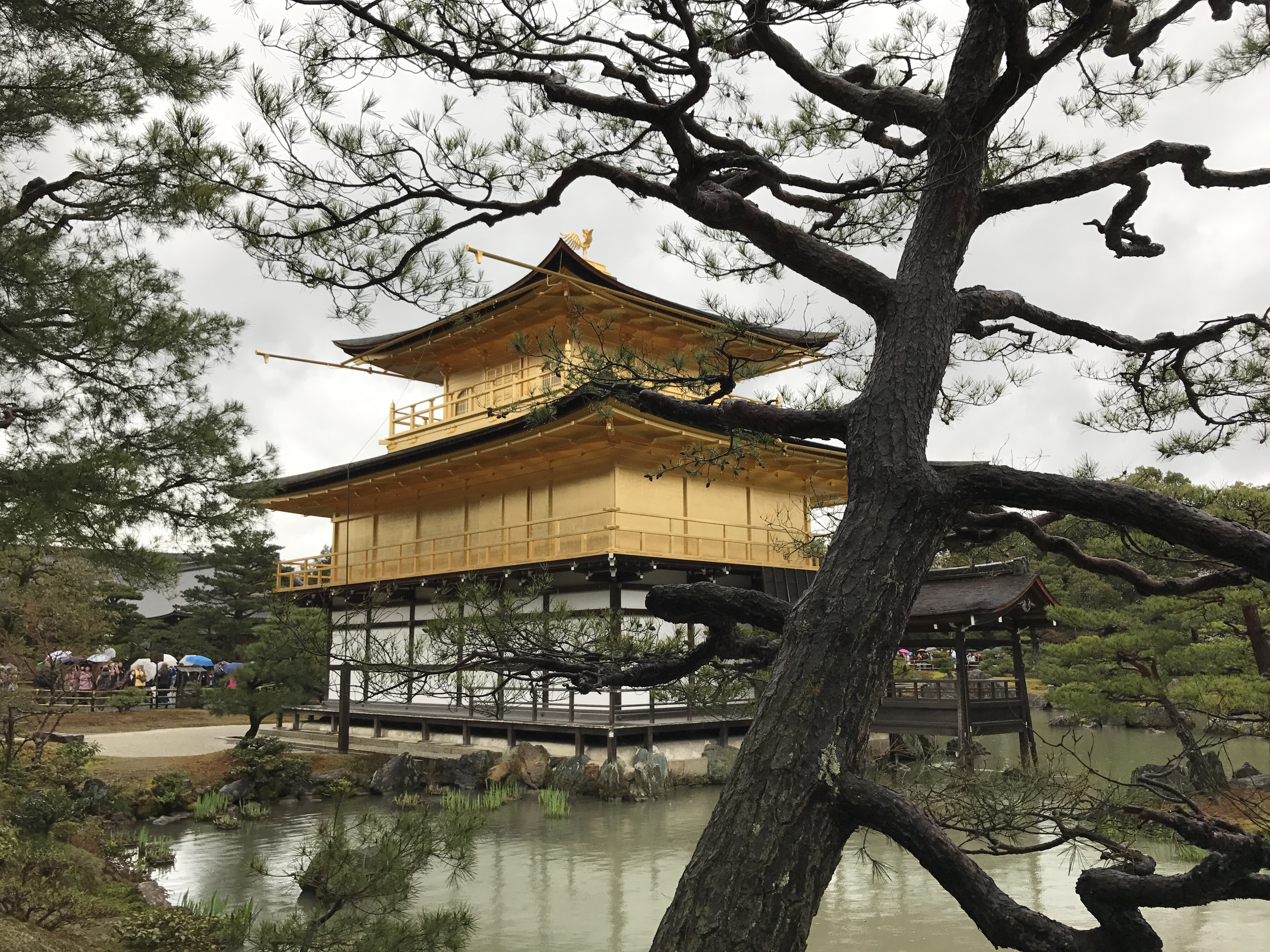
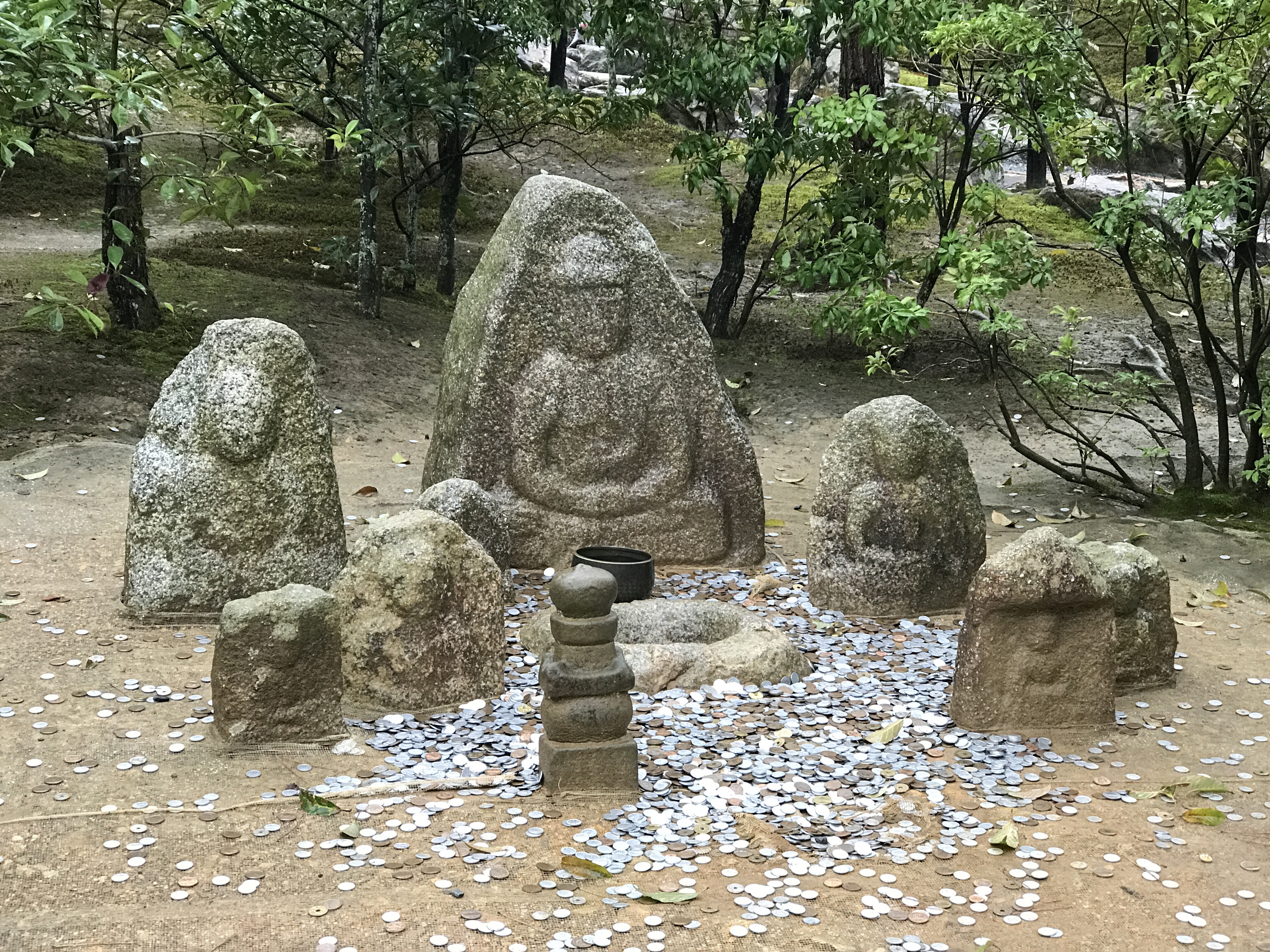 Today was a chance to visit temples the tourists throng to, like Kinkaku-ji, the Golden Temple, and Ryoan-ji, the temple known all over the world for its rock garden.
Today was a chance to visit temples the tourists throng to, like Kinkaku-ji, the Golden Temple, and Ryoan-ji, the temple known all over the world for its rock garden.At Ninnan-ji the gardens, art, and cherries and plums were breathtaking.
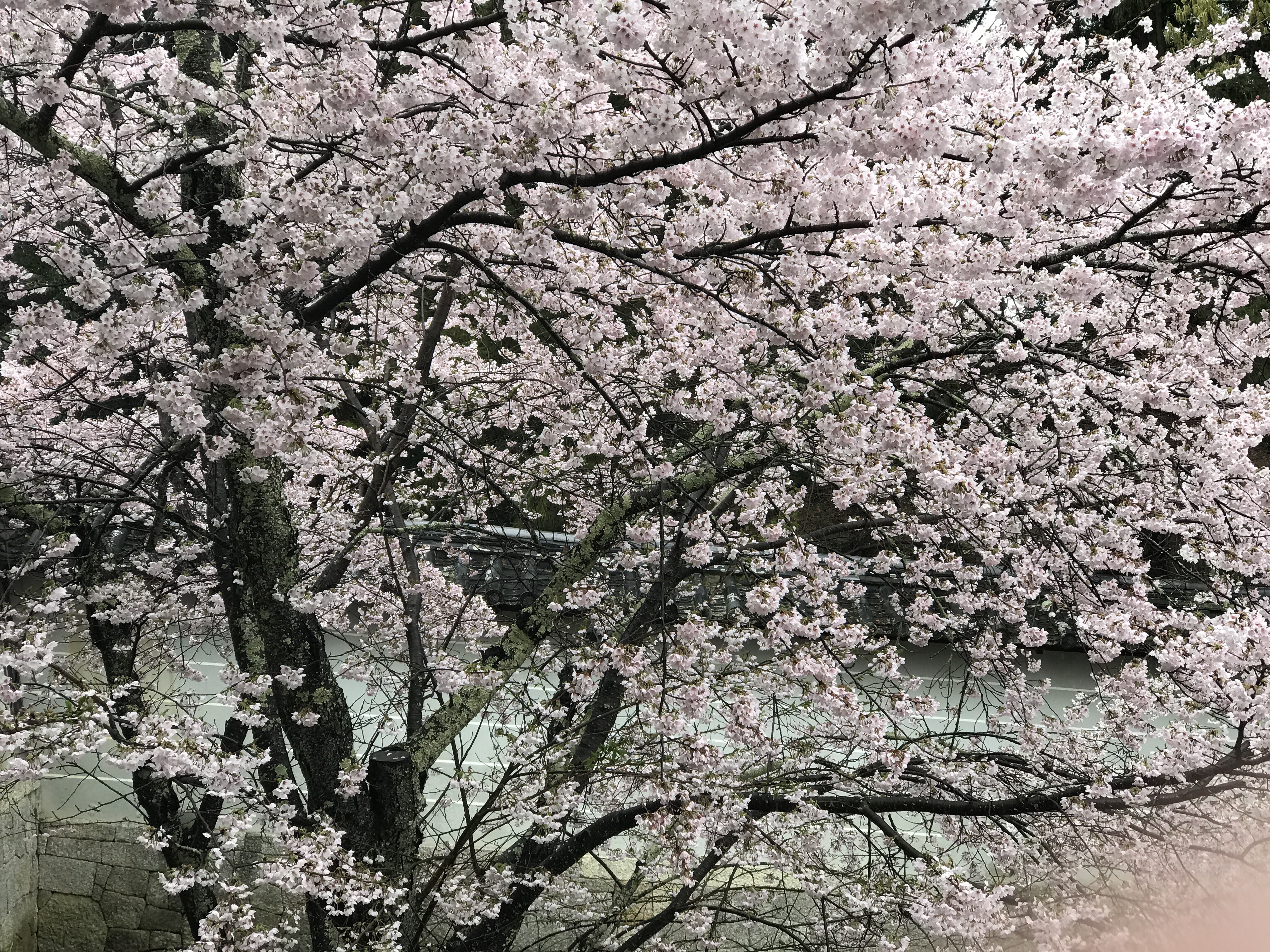
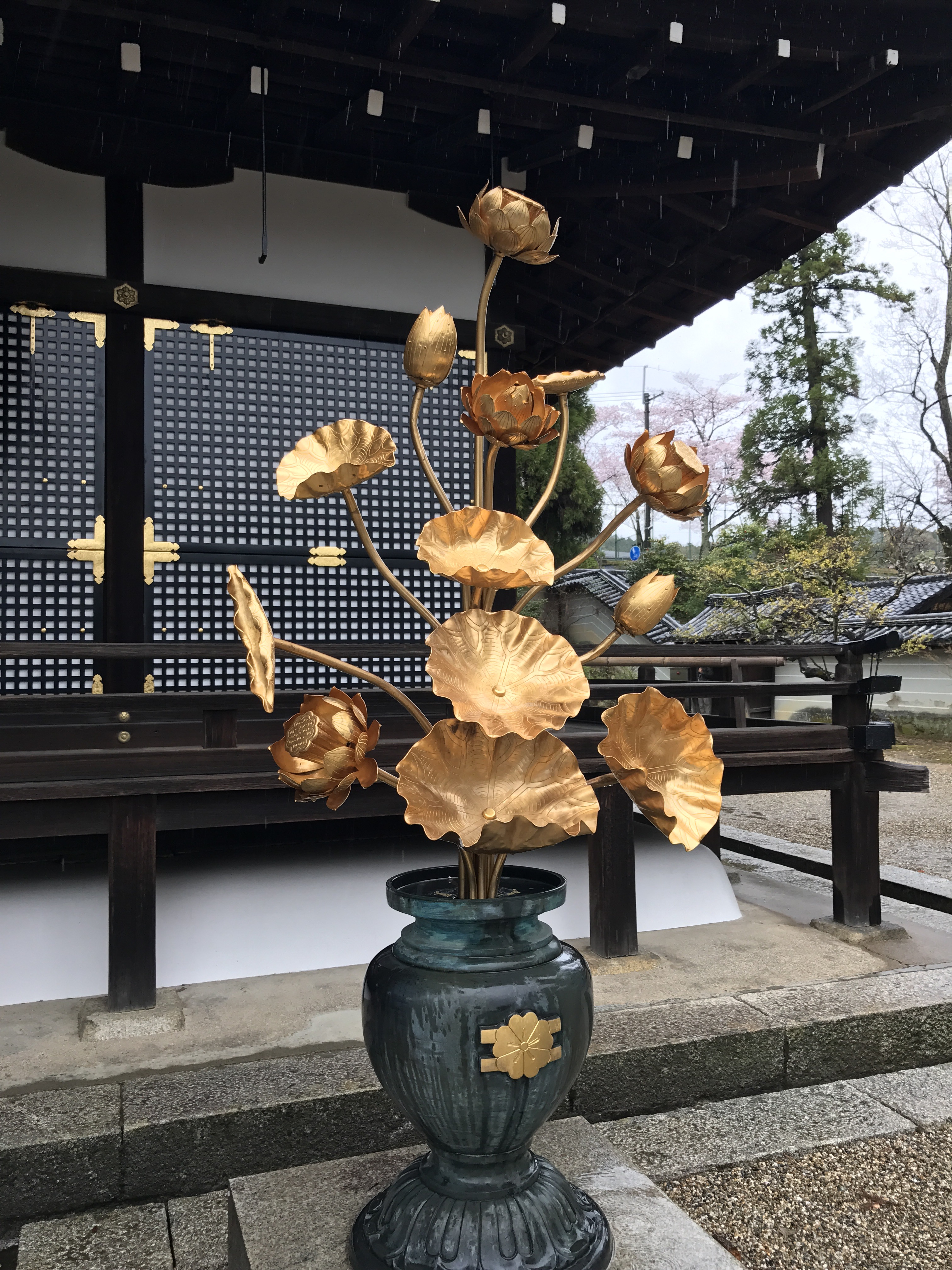
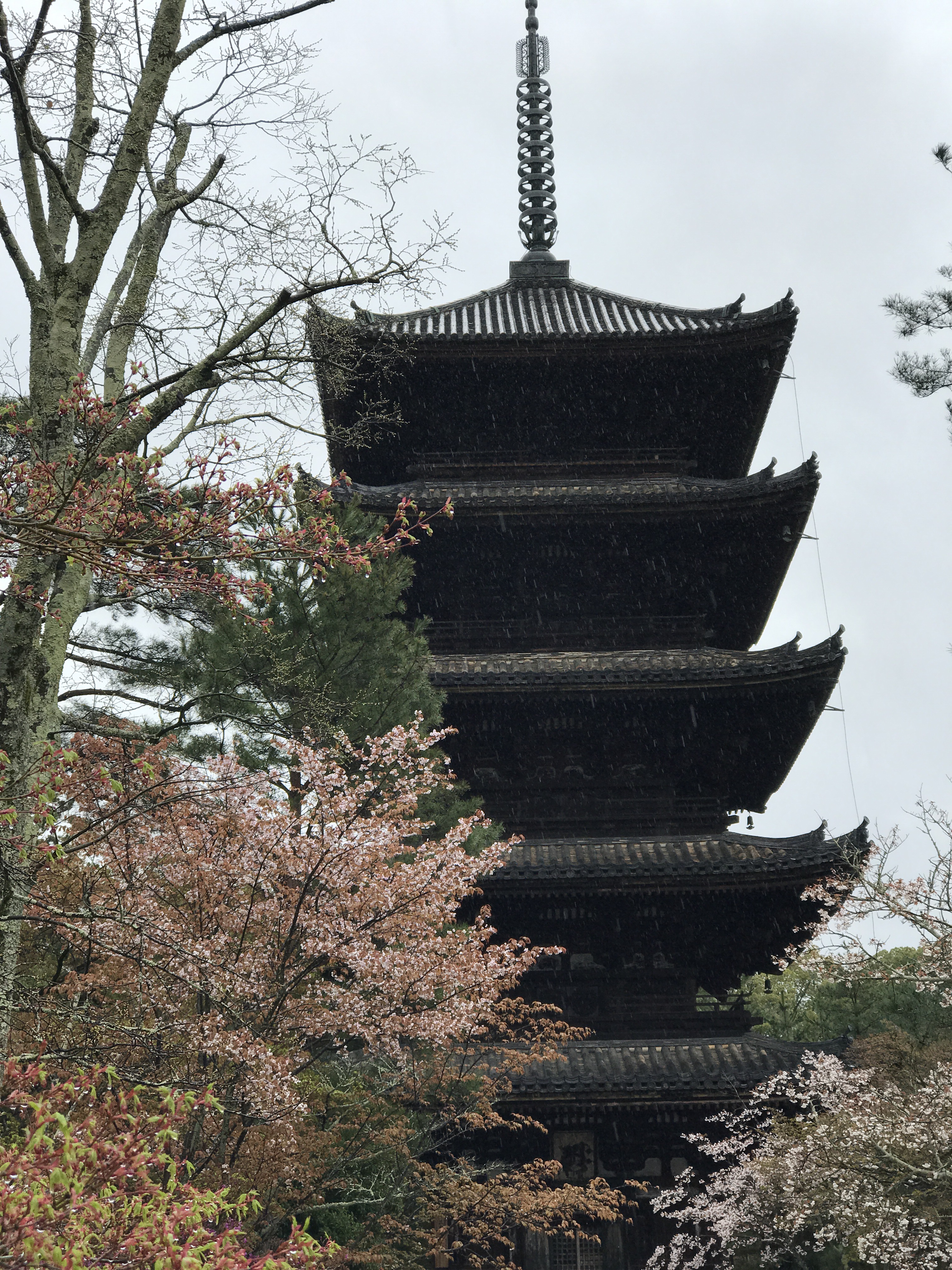

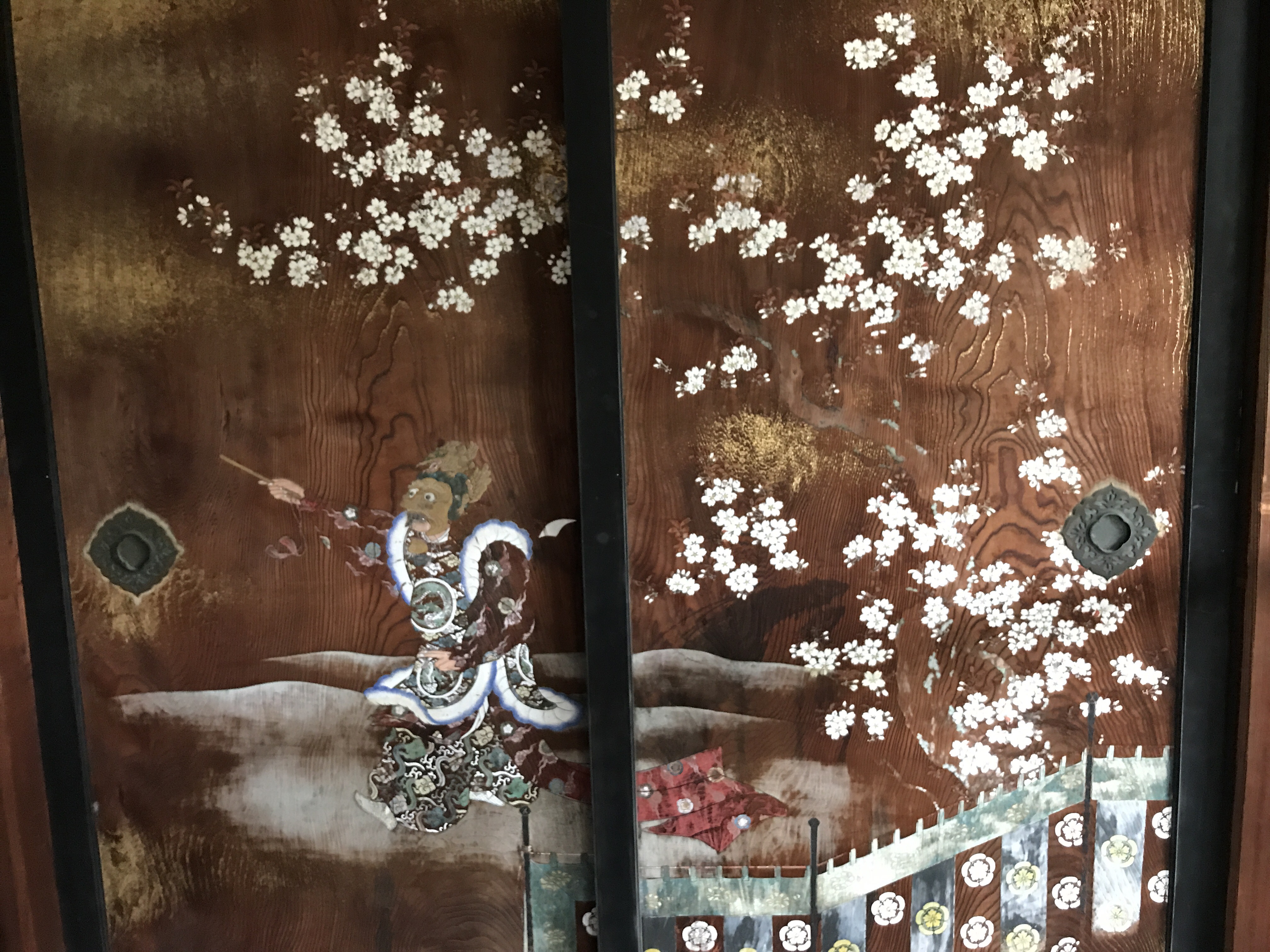
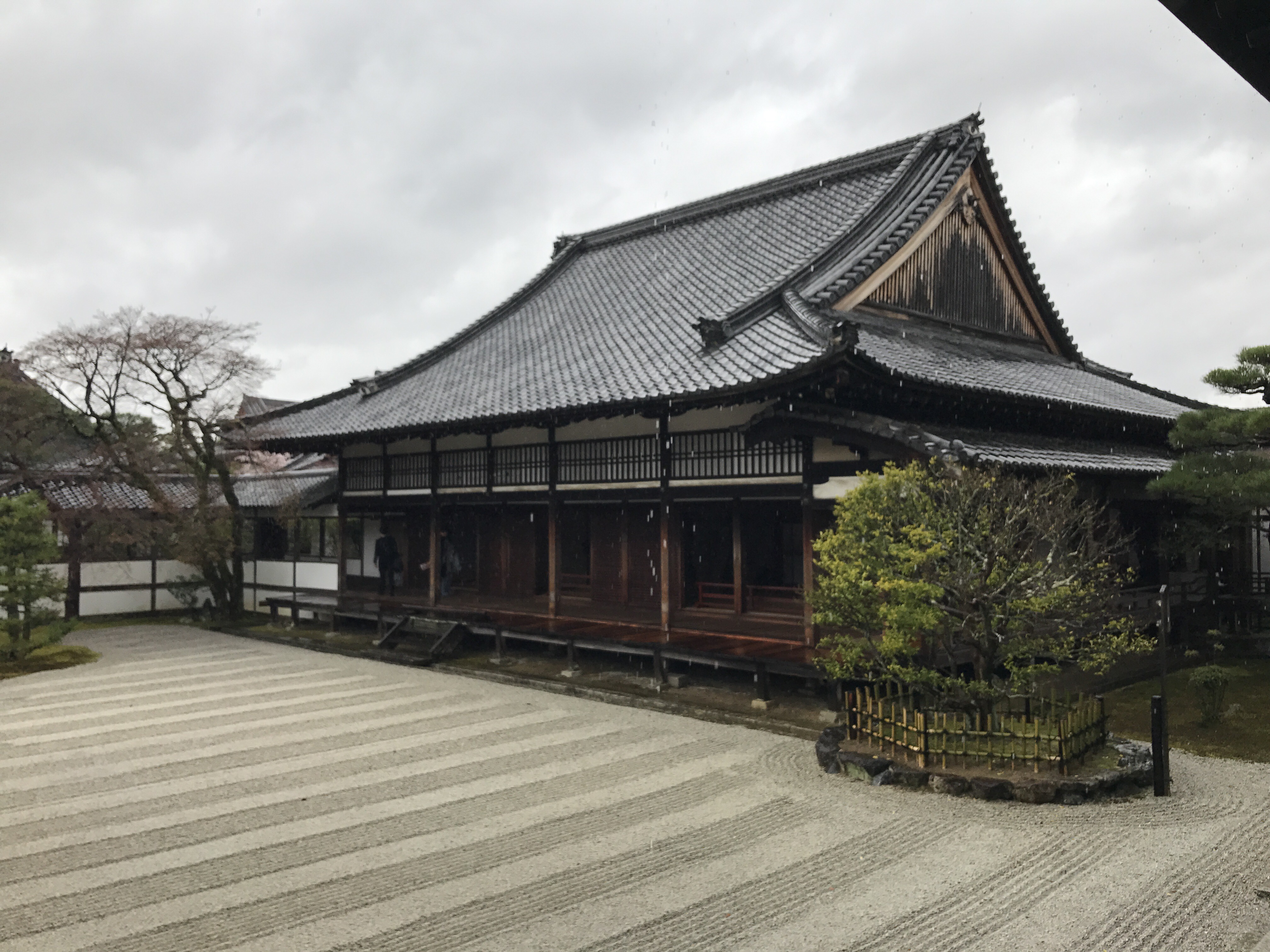
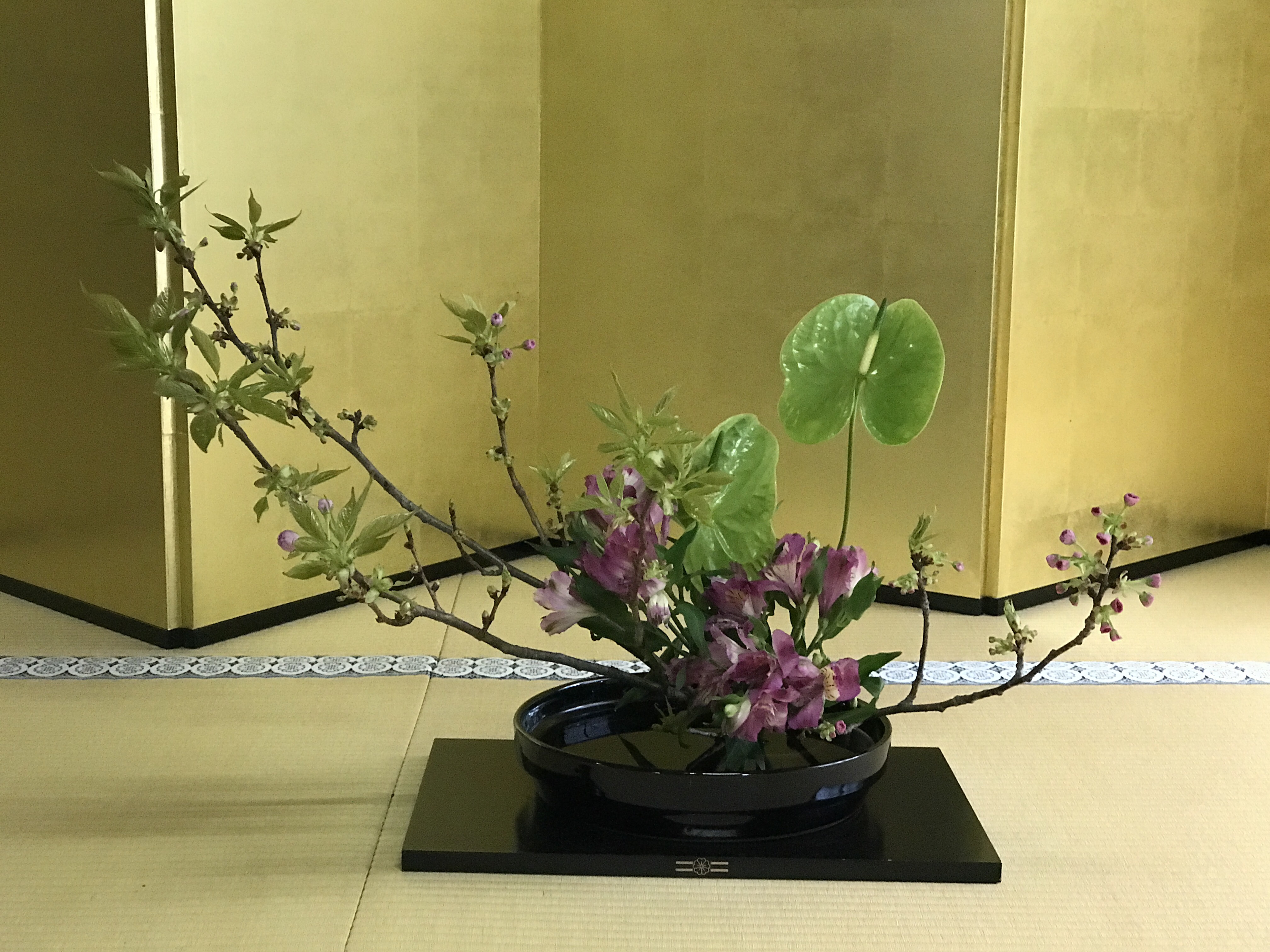
After leaving Ninnan-ji, we took a taxi to Hanazono (Flower Garden) station, and took the train to Kyoto station for lunch and more sightseeing. It was when we left the restaurant in a department store that I realized I didn’t have my phone, which I have in a wallet case, was missing. The lost and found of the department store did not have it, and they suggested we go the police box in Kyoto train station.Neighborhood police boxes are a familiar fixture in neighborhoods all over Japan. You are never far from a police box in Japan. The friendly police took all the details of my phone-wallet, and called the details into the Kyoto police’s central lost and found. It hadn’t been much more than an hour that it was lost, and already the police’s central lost and found had a report of a similar wallet-phone having been turned into the police box near Hanazone train station. We went back to Hanazone, visited the police box there, and retrieved my wallet-phone. All I had to do was unlock the phone to prove it was mine. The police also knew by my face that I was the one on the driver’s license in the wallet.
Evidently the wallet-phone had fallen out of my jacket pocket in the taxi because the taxi driver had turned it in to the police at Hanazone.
How many countries have a system of lost and found items where an item can be turned into the police in one neighborhood in a city and shortly thereafter any police in the city can check to see if a similar item has been turned in? Somethings can only happen in Japan.
-
You Can Go Home
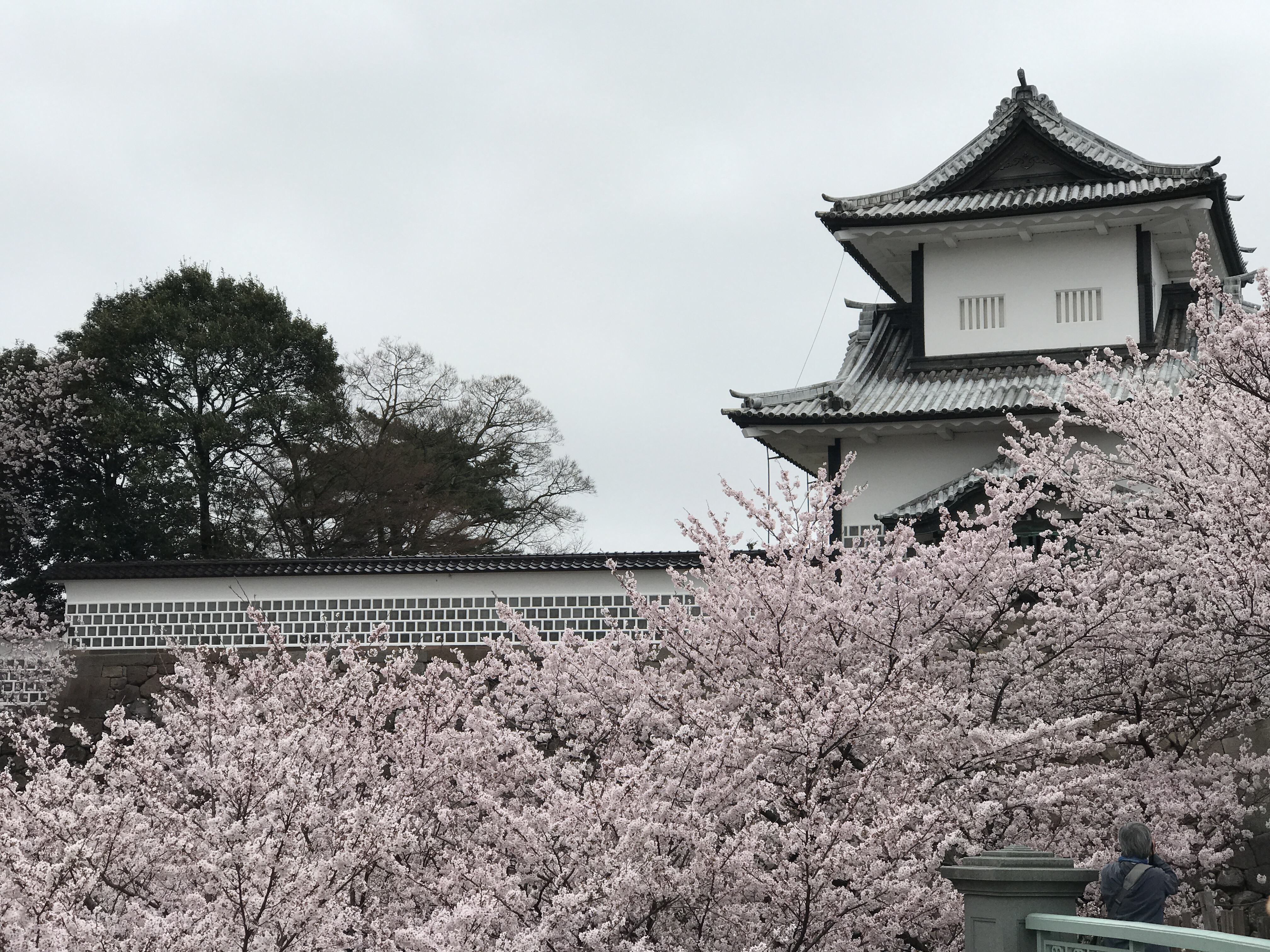 Every so often I need to take a break and go back to where I grew up. It is the height of cherry blossom season in Japan, and the castle grounds of Kanazawa are swathed in clouds of cherry blossoms.
Every so often I need to take a break and go back to where I grew up. It is the height of cherry blossom season in Japan, and the castle grounds of Kanazawa are swathed in clouds of cherry blossoms.The Japan of my youth is no longer there. Like ever place else, it has moved on. A striking difference, even from seven years ago, are the number of foreign tourists. Even in Kanazawa, the crowds viewing the cherry blossoms are from everywhere; China, Korea, Malaysia, Thailand, Italy, Spain, Germany, England, and on and on, even Bow.
Among the crowds visiting Kenroku-en, an expansive Japanese park next to the castle grounds, were young people decked all out, dressed as comic characters. It makes you wonder if this is the future of fashion. Will our mundane everyday wear change to such delightful fashion? I’m trying to picture myself digging potatoes dressed out like this.
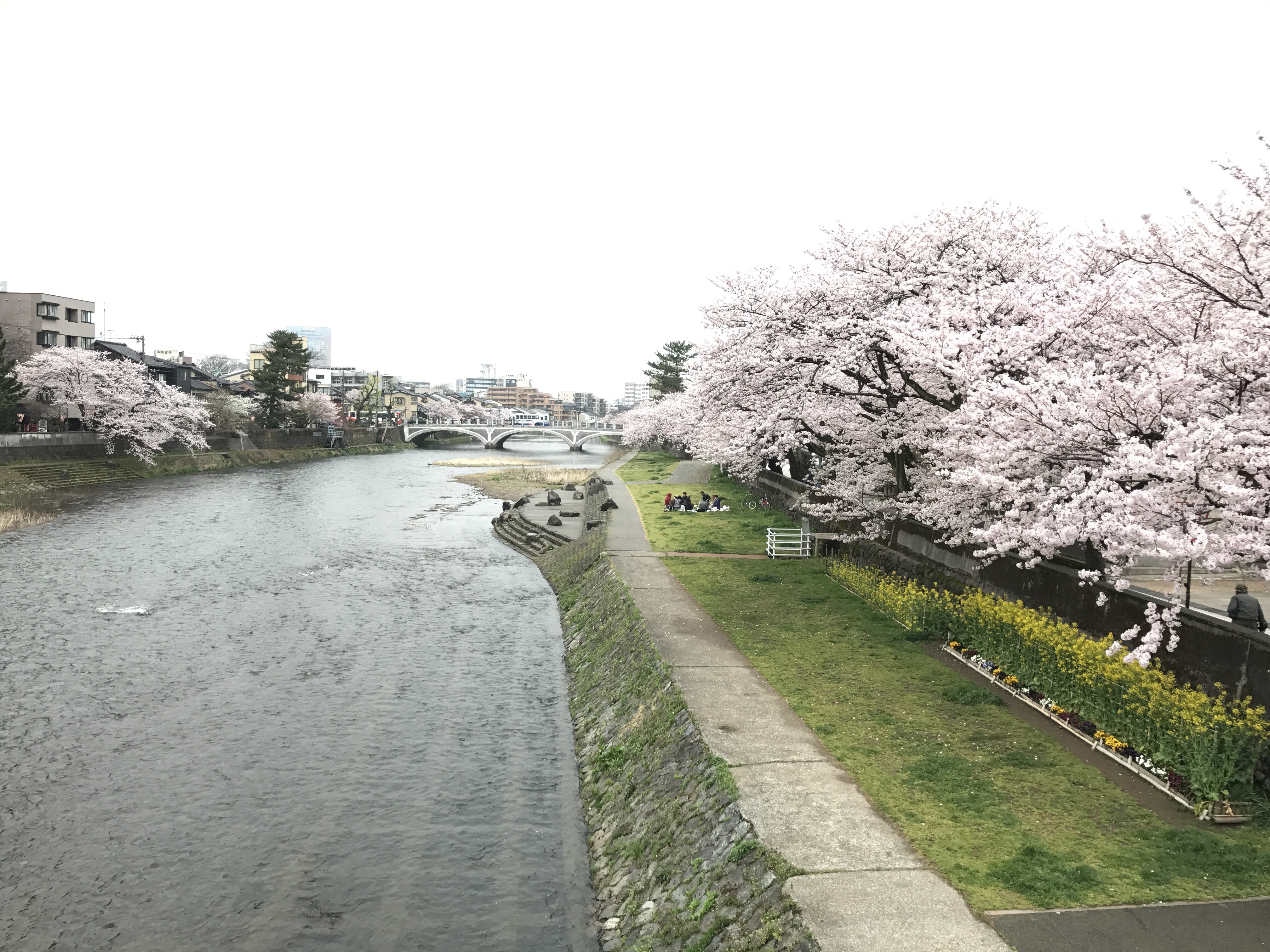




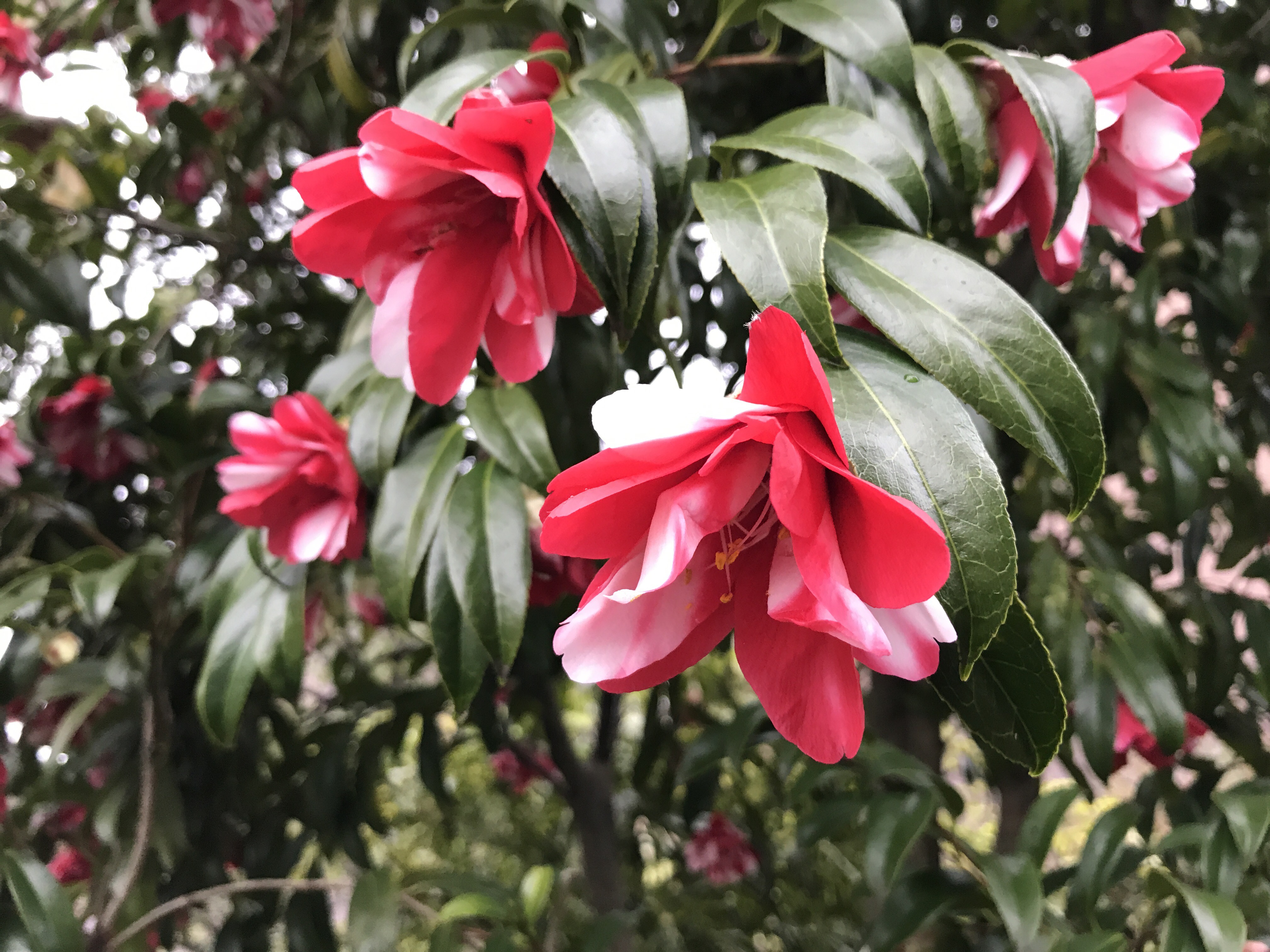
Walking the quiet streets of Kanazawa’s old residential streets, is a calming, almost meditative experience.
It also comes with its amusing moments. What the owners meant to say is that their apartment is by the river side, but it would be worth renting a room here to write home that you now live in the “Liver Side” apartments.

